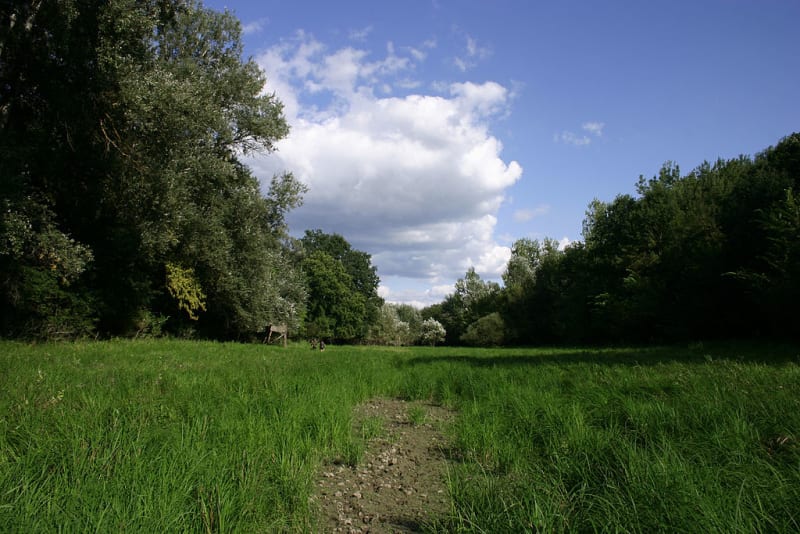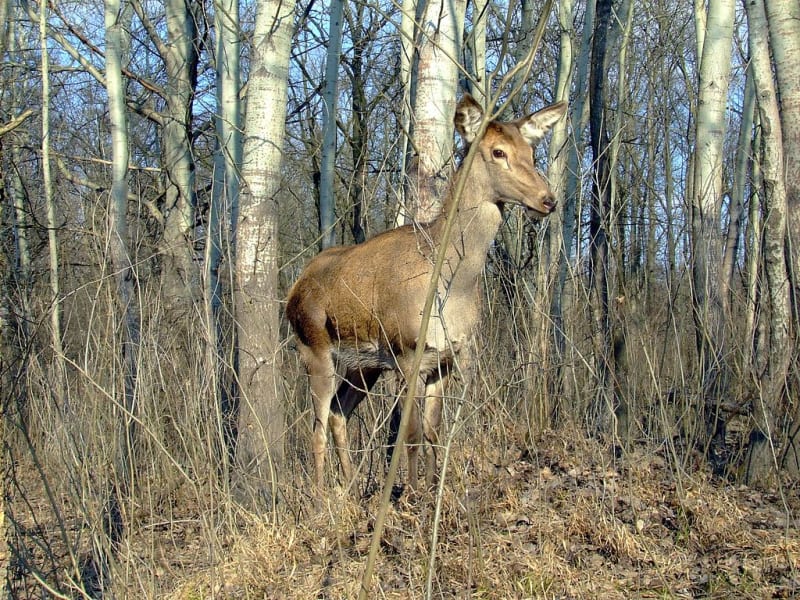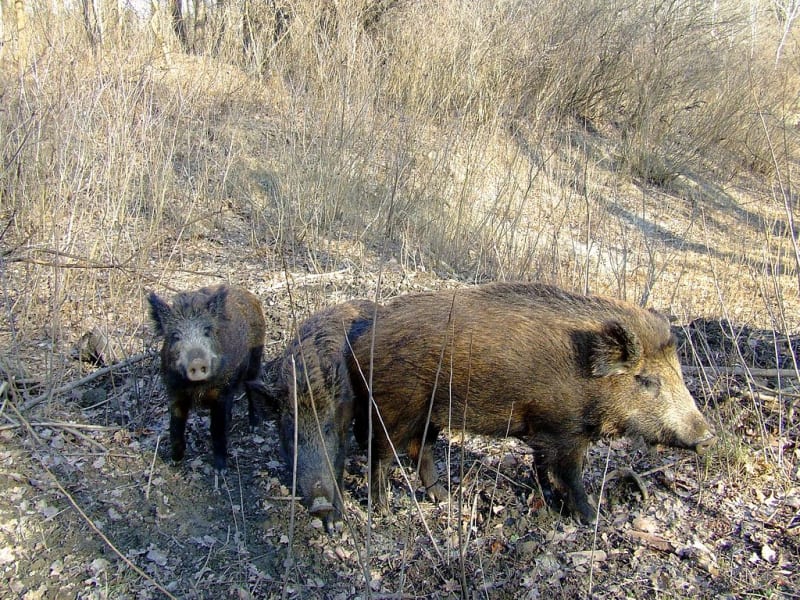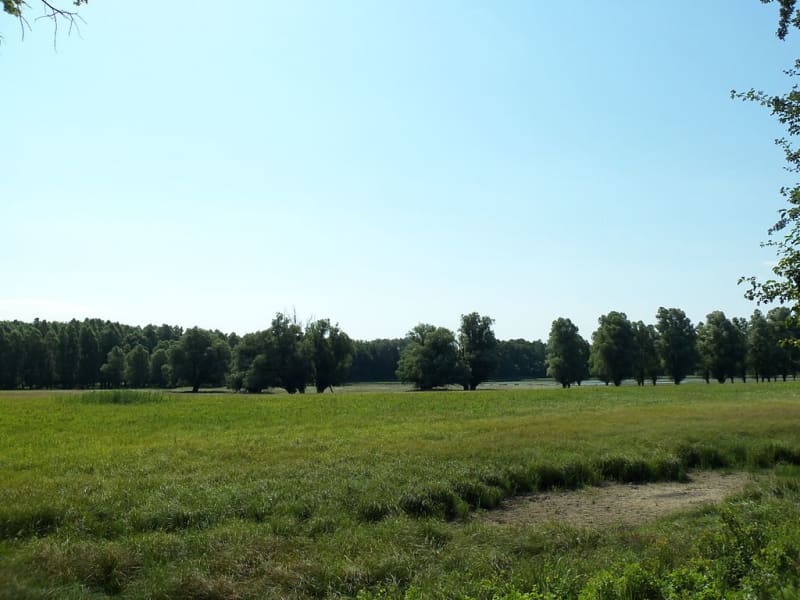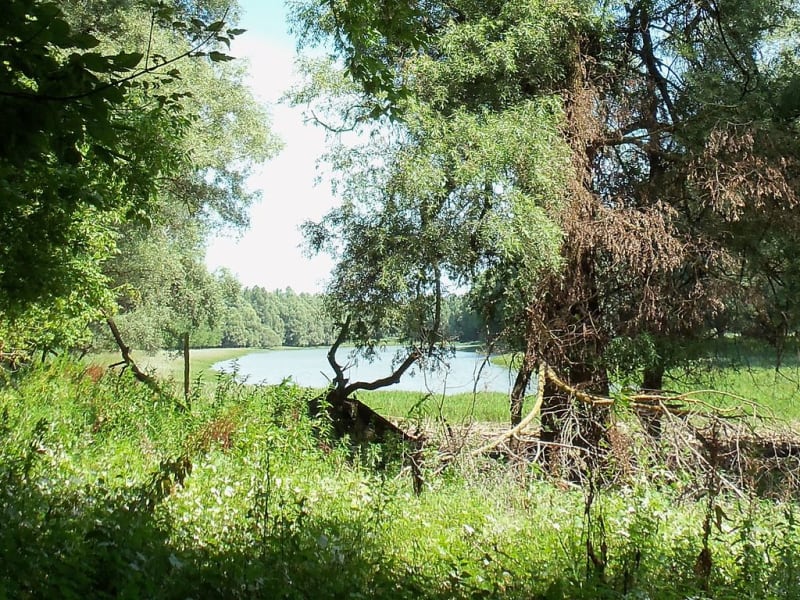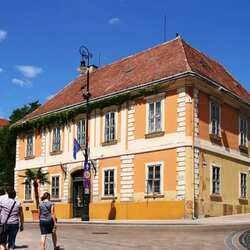Danube-Drava National Park
Danube-Drava is a national park in the southern part of Hungary, spread over an area of 495 km2, along the Drava and Danube rivers. The most valuable parts of the region have been protected since 1962, and the national park was established only in 1996. A zoological reserve has been set up in the park.
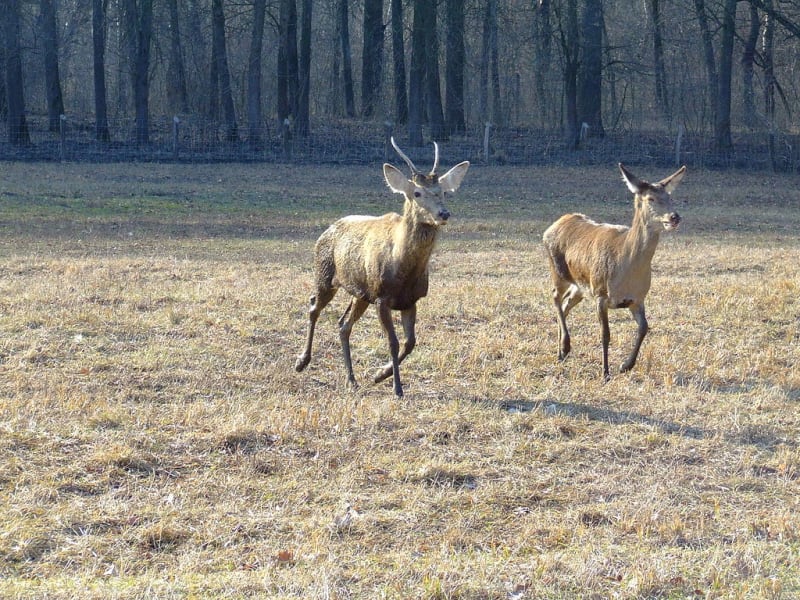
One of the most picturesque places in the Danube Drava Park are the Mechek Mountains, in this mountain range you can admire the Abaliget mountain cave, in which a small stream flows. You can also look at natural sculptures made of stone and bats. Some believe that the air here has healing qualities and promotes the treatment of lung diseases.
An exhibition of Taplos Goga was made in the Danube Drava Park near Cape Shio. The exhibition shows a reconstruction of the everyday lifestyle of Hungarian peasants.
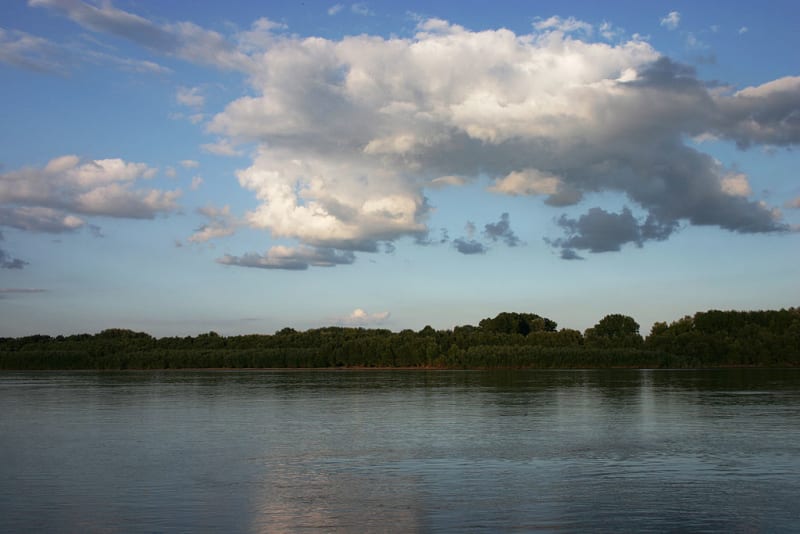
The Drava River flows through the lands of the South Danube Region for 150 km, sometimes forming the border with Croatia, sometimes going beyond the Croatian or Hungarian border. The Drava River has preserved its natural course, just as hydraulic engineering works were carried out on the Danube and Tisza rivers to straighten the riverbed. In many areas, the Drava forms old trees and channels with islands.
The Danube-Drava National Park has unique vegetation for Hungary, as it consists mainly of plants concentrated in the Western Balkans. Illyrian hornbeam and oak stand out from all of them, as they are found nowhere else. You can also find Illyrian beech, groves with alder and ash. Along the banks of the rivers, many swallows, kingfishers and kingfishers build their nests. Waterfowl rest on the rivers during the flight.
